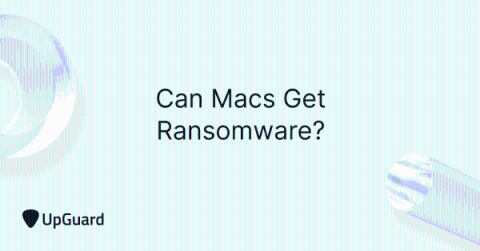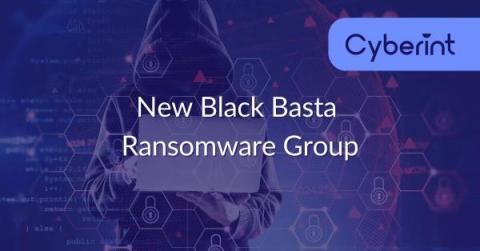Can Macs Get Ransomware? Examples + Prevention Strategies
Many of the most prolific ransomware attacks to hit the news, such as Wannacry and Petya in 2017, affected PC users only. The distinct absence of Apple computers in the long list of victims has many Mac users wondering if ransomware attacks are a cyber threat they need to worry about. Can ransomware affect Macs? Short answer: Yes. While rare, security researchers have noted examples of Mac-compatible ransomware variants.











